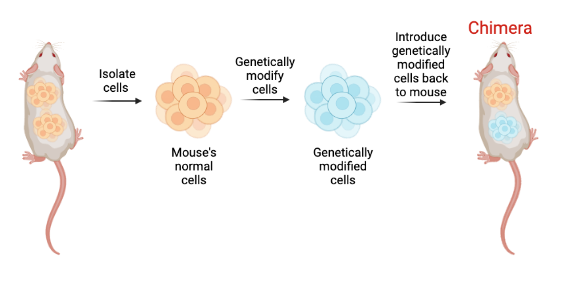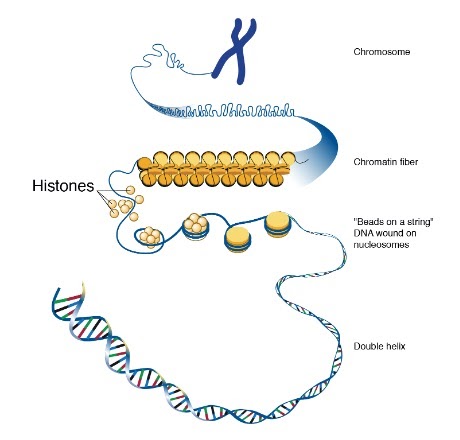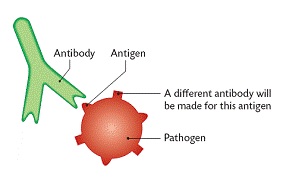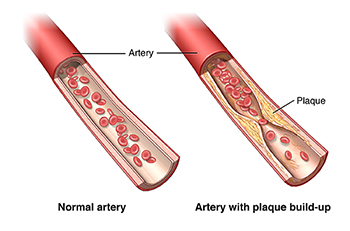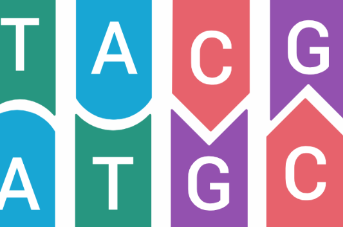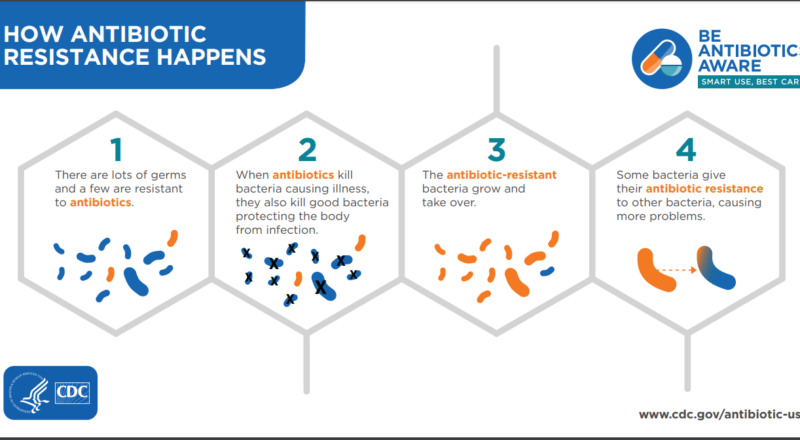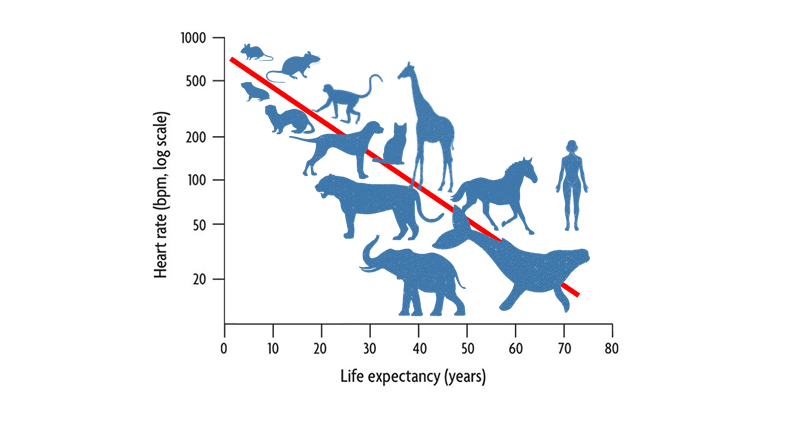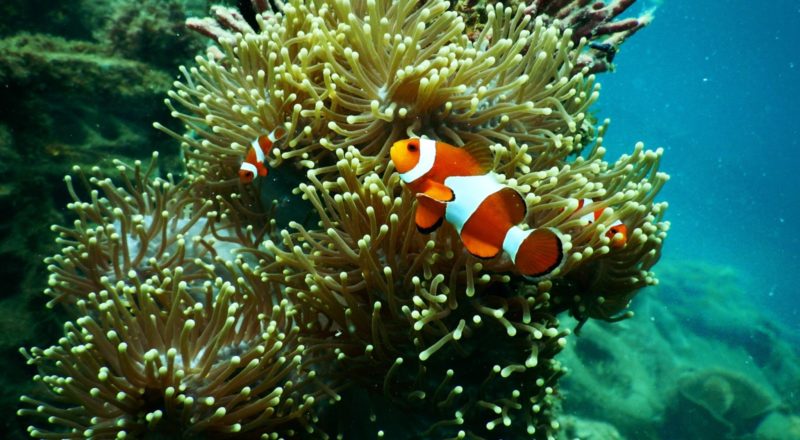by Yasemin Cole Technique Name: qRT-PCR (quantitative real-time polymerase chain reaction) Fun rating: 3/5 Difficulty rating: 2/5 Purpose: In molecular […]
Continue readingAuthor: admin
Ultraviolet
(noun; adjective. /uhl-tra-VAI-let) by Nicole Gadda What does it mean? Ultraviolet (more commonly referred to as UV) light is a […]
Continue readingImprinting: An Avian Anecdote
by Whitney Bell Recently, a special love story garnered an enormous amount of publicity. A lot of proposals and wedding […]
Continue readingChimera
(noun. /kai-MARE-uh/) by Riya Gohil What does it mean? A chimera is an organism that is made up of genetically […]
Continue readingHistone
(Noun. /HISS-tone/) by Gabrielle Quickstad What does it mean? Histones are important proteins that enable the packaging of DNA into […]
Continue readingVitamins don’t just hang out in Brussels sprouts
by Anastacia Wienecke Trouble seeing at night? Ancient Egyptians recommend a heaping spoonful of liver. Notice swelling, weakness, and numbness […]
Continue readingDo dogs really love us?
by Nicole Gadda Do our dogs really love us? The science says yes! We recently rescued a 10-week old puppy. […]
Continue readingFlexion
(alternate spelling of flection) (noun. /FLEK-shin/) by Emma Goldberg What does it mean? Flexion is the act of bending or […]
Continue readingIs health contagious?
By Alec Chaves In the last few years, a lot of us have gained an appreciation and awareness for how […]
Continue readingAntigen
(noun. /AN-tih-jen/) by Devina Thiono What does it mean? An antigen is a substance that can be recognized by the […]
Continue readingAtherosclerosis
(noun. /ATH-er-o-scler-OH-sis/) By Madison Williams What does it mean? Atherosclerosis is a disease of the arteries where there is a […]
Continue readingThe Most Beautiful Experiment in Biology
By Riya Gohil The Most Beautiful Experiment in Biology One of my favorite analogies of learning is the expanding circle […]
Continue readingAntibiotic Pollution in Water
By: Rachel A. Johnson You go to the faucet and turn the tap on. You fill up your glass and […]
Continue readingAngiogenesis
Noun. /anj-eeoh-JEN-eh-sis/ By Whitney Bell What does it mean? Angiogenesis is the formation and development of new blood vessels in […]
Continue readingIs there a maximum number of heartbeats?
By Taylor Tibbs When you think of a mouse and a blue whale, the first difference you probably think of […]
Continue readingColor, too, is in the Eye of the Beholder
by Anastacia Wienecke There is much more to color than meets the eye. Quantitative measurements like weight, volume, temperature, and […]
Continue readingMorphology
(noun. /mor-FAW-luh-jee/) by Zoe Terwilliger What does it mean? Morphology is the study of physical forms and features of organisms. […]
Continue readingSeeing Clearly
by Whitney Bell Recently, I had to stop wearing my contact lenses for a week when North Carolina’s tree pollen […]
Continue readingThe Rainforests of the Sea
by Nicole Gadda Sea turtles, jellyfish, anemones, parrotfish, seahorses, sea sponges, starfish, Nemo, and Dory – coral reefs aren’t nicknamed […]
Continue readingRandomized Control Trial
by Alec Chavez What does it mean? A randomized controlled trial (RCT) is an experimental design in which the scientists […]
Continue reading


